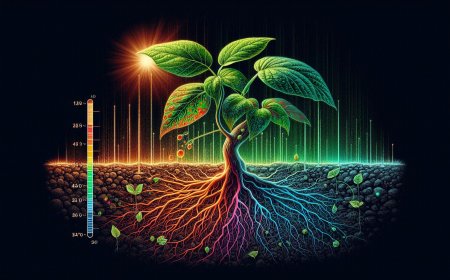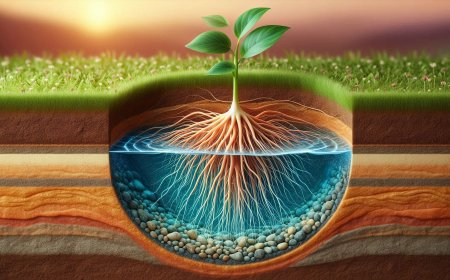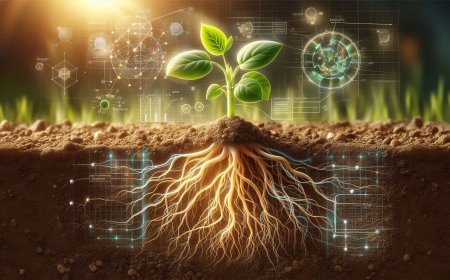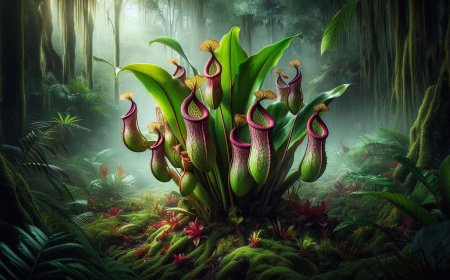Phototropism: The Magical Dance of Plants Towards Light
Discover the fascinating world of phototropism in plants, the natural movement towards light that helps plants thrive and grow. Learn about how auxins direct plant growth and the vital role light plays in photosynthesis and plant survival.
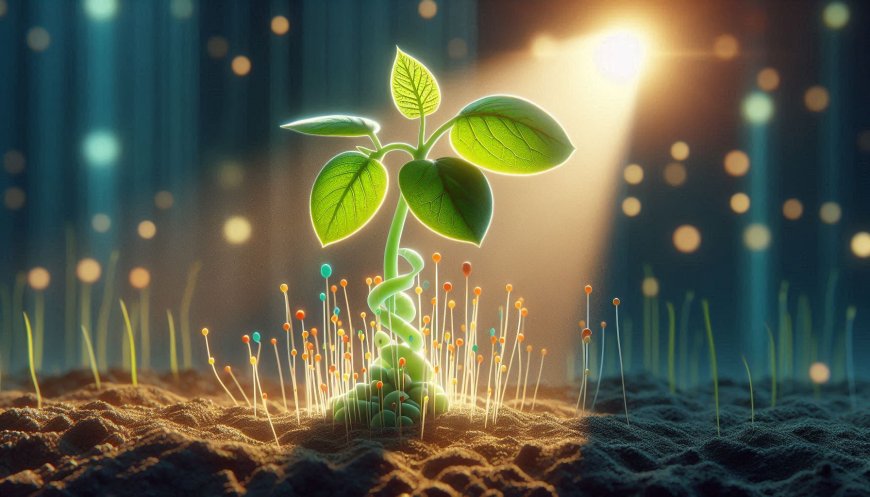
In the vast and vibrant world of plants, where roots dig deep into the earth and leaves stretch wide toward the sky, there is a mesmerizing phenomenon known as phototropism. This scientific process is more than just an instinctive movement; it is a testament to the way plants interact with their environment, adapting and responding to the world around them to survive and thrive.
What is Phototropism?
Phototropism, derived from the Greek words "photo" (meaning light) and "tropos" (meaning turn), is the growth movement of plants in response to light. Plants have a natural inclination to grow towards light sources, which is essential for photosynthesis – the process by which they convert sunlight into the energy they need for growth and reproduction. Phototropism is particularly evident in stems and leaves, which bend and grow in the direction of the light to maximize exposure.
How Does Phototropism Work?
The magic of phototropism is powered by specialized plant hormones called auxins. These hormones regulate plant growth by elongating cells on the side of the plant stem that is furthest from the light. The uneven distribution of auxins causes the shaded side to grow faster than the side exposed to light, resulting in a bend toward the light source.
The blue light spectrum, in particular, plays a crucial role in phototropic responses. Plants have special light receptors, called phototropins, that detect blue light and trigger the distribution of auxins to stimulate growth in the direction of the light.
Types of Phototropism: Positive and Negative
Phototropism can be classified into two main types:
- Positive Phototropism: This is when a plant grows towards a light source. The stems and leaves, which perform photosynthesis, exhibit positive phototropism, bending toward the sunlight to capture as much energy as possible.
- Negative Phototropism: Certain parts of plants, such as roots, often display negative phototropism, where they grow away from the light. Instead, roots seek out moisture and nutrients in the soil, focusing on the growth environment that supports nutrient absorption.
The Importance of Phototropism in Plant Survival
Phototropism is essential for a plant's survival, helping it maximize photosynthetic activity by capturing sunlight more effectively. When a seedling emerges, phototropism ensures it grows in the direction of light, aiding in the early stages of its life as it establishes itself. Even in low-light environments or indoor settings, plants adjust their growth to lean toward the light source, demonstrating an impressive adaptability.
This movement is also a powerful adaptation for survival in competitive environments. When surrounded by taller plants, a seedling can use phototropism to navigate and reach for the light, optimizing its chances of growth and survival.
Everyday Examples of Phototropism
Phototropism can be observed in everyday life. Houseplants on windowsills often lean towards the window, a clear example of positive phototropism. Gardeners sometimes rotate potted plants to ensure even growth, as plants will naturally bend towards the light if left in one position for too long.
In agriculture, understanding phototropism helps farmers and horticulturists manage crop growth by controlling light sources. Innovations in controlled environments, such as greenhouses, use artificial lighting to direct plant growth, maximizing yields.
Phototropism: A Fascinating Study in Plant Intelligence
Phototropism showcases the quiet intelligence of plants as they continuously interact with their environment, adjusting their growth and behavior to optimize survival. Scientists and botanists continue to study phototropism not only to understand plant biology but also to apply this knowledge in agriculture, forestry, and environmental management.
In the end, phototropism is much more than a mere bending toward light. It is a demonstration of nature’s adaptability, a delicate dance of survival and efficiency, where plants – immobile yet incredibly aware – reach toward the energy source that sustains all life on Earth.
What's Your Reaction?







